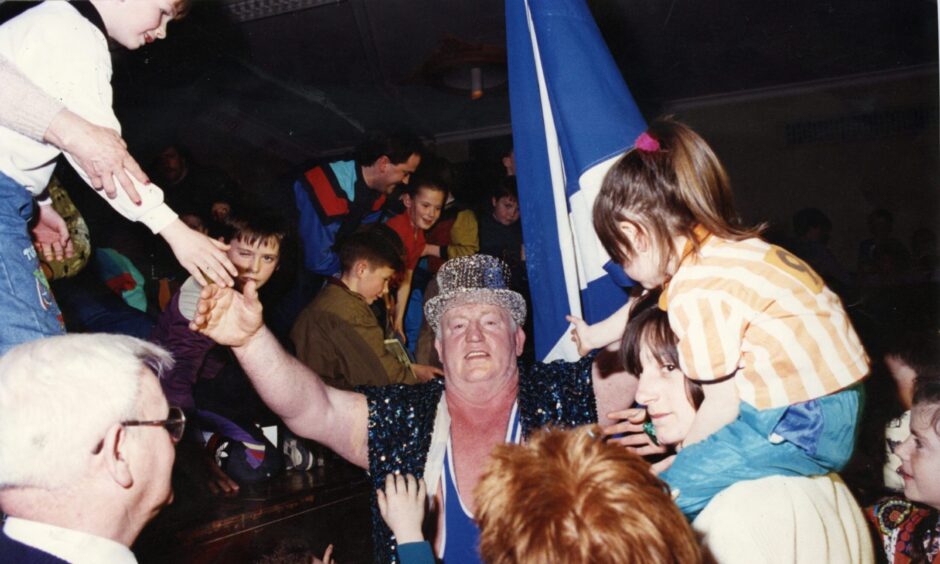
Big Daddy and Giant Haystacks were among the spandex-clad hulks who did battle when Dundee’s Caird Hall was Scotland’s home of wrestling.
Good battled evil in the squared circle during the golden era of the sport, when the handbag-wielding grannies in the front row were just as scary as the competitors.
The Caird Hall has hosted some of the world’s biggest acts in its 100-year history but, for many people, it’s memories of big blokes wrestling they cherish the most.
Wrestling first came to the Caird Hall on March 11 1936 when 1,500 people watched Scottish heavyweight champion Tony Baer on the bill alongside George “Dazzler” Clark.
Legendary heavyweight Bert Assirati topped the bill before and after the Second World War and Italian giant Primo Carnera also grappled there after his boxing career ended.
Dundee’s George Kidd had his first paid bout there in 1946 before becoming World Lightweight Wrestling Champion in 1950, a title he held for 26 years.
In 1959 Dundee’s Dave Kidney beat George Allan in front of 2,000 fans to win the BWA British Featherweight Championship after eight rounds.
As the Heavyweight Champion of Scotland, Dunfermline’s Ian Campbell was a Caird Hall regular who managed to transfer his superstar status to the small screen.
Standing nearly 6ft 4in and weighing in around 273lbs, he played himself in Coronation Street when he wrestled Stan Ogden in a 1964 episode watched by 20 million people.
Interest in grappling really took off when wrestling was given the Saturday afternoon slot on ITV’s World of Sport in 1965, which was the rival to the BBC’s Grandstand.
Saturday afternoon wrestling’s highest rating that year was 7.3 million and the likes of Mick McManus, Jackie Pallo, Johnny Saint and Pat Roach became household names.
Back in the day, they looked like the men you’d see fighting outside a boozer.
Their fame paled into comparison to the sweaty men with questionable health who would deliver British wrestling its peak audiences in the 1970s.
Big Daddy would enter the ring in a Union flag jacket to the tune of We Shall Not Be Moved and finished off opponents with the “Big Splash” — basically, falling on them.
When he won, which he usually did, he would lead a crowd chant of “Easy! Easy!”
Big Daddy was disqualified in 1974 bout
The former miner — real name Shirley Crabtree — was 26 stone and 6ft 6ins tall and his clashes with Giant Haystacks and Kendo Nagasaki made for compulsive viewing.
A former rugby league player, having played with Bradford Northern, Shirley’s temper often got him into trouble with the referees — including at the Caird Hall in 1974.
He was disqualified and referee Chick Purvie was lucky to get out in one piece.
The Courier reported on the “amazing scenes” as “irate wrestling fans” had tried to drag the referee out of the ring following the Tuesday night event in November 1974.
Big Daddy used the referee as a “battering ram” against Giant Haystacks in the opening contest and was disqualified in the second round when he “ran their heads together”.
Things got worse.
Dundee’s George Kidd put the belt on the line against Mr Magnificent Adrian Street and the crowd started hurling accusations that Purvie was favouring the challenger.
Kidd locked on a figure four leg-lock and Street submitted to calm the crowd.
Things came to a head during the third bout, between Dundee’s Lee Thomas and Londoner Peter Rann, who was one of wrestling’s legendary bad boys.
Thomas put up with “punching, scratching and even biting” and the dirty tricks continued when he was pushed into the referee by Rann — only to be disqualified.
The Courier reported: “The crowd went berserk — objects were flung into the ring and several people got hold of the referee’s legs and tried to drag him from the ring.
“Scuffles broke out but were quickly controlled by the staff.
“Purvie then intimated to the MC that his decision would be one of ‘no contest’ and walked out of the hall to deafening jeers and boos.
“He was seen to hold a handkerchief to his left eye as he left.”
On March 2 1976, after more than 1,000 matches, suffering only seven defeats, “Houdini of the mat” George Kidd fought a retirement bout at the Caird Hall.
When asked what made him decide to call a halt on his glittering career, George answered: “I wanted to retire while I’m still at the top.
“From my position, there’s only one way to go – and that’s down.
“It’s a greasy pole which you quickly slide down.”
Mud wrestling was a step too far
Things got more surreal when mud wrestling arrived in 1978, which began with a female Japanese kickboxing match and included a referee clad in oilskins and wellies.
It didn’t catch on.
Big Daddy and Giant Haystacks were what the people wanted.
These characters provided light relief and they both drew monster audiences.
Big Daddy and his tag team partner, Jackie Turpin, triumphed over the Incredible Bulk and his accomplice, Banger Walsh, at the Caird Hall in March 1980.
Bulk weighed in at 40st — Daddy a modest 26st.
They had to specially strengthen the ring for the match.
The sport reached a frenzied peak of popularity in 1981 when London’s sold-out Wembley Arena witnessed a legendary battle between Haystacks and Daddy.
At the frantic pace things were going, they couldn’t possibly last.
ITV chief Greg Dyke made the unpopular decision to axe British wrestling from the channel’s schedule in December 1988.
By the end of the 1980s, most wrestlers had hung up their oversized trunks for good, as a younger audience tuned in to a new, brasher form of American wrestling.
Young viewers wanted to watch Hulk Hogan and Ric Flair rather than overweight men in leotards and a mysterious Japanese masked man who turned out to be from Stoke.
Soon the Big Daddy era petered out.
There was a final fling at the Caird Hall in February 1991 where he was cheered to victory in a tag team bout just two years before he retired from wrestling altogether.
Things were changing.
In April 1993 the Caird Hall played host to Superbrawl 93, which was an evening of “American-style wrestling” with all 2,000 tickets sold out almost immediately.
A series of single matches, a tag team bout and 14-man battle royal featured on the bill, which was headlined by the British Bulldog 1, the Warrior and the Legend of Doom.
All that glitters is not gold.
There was no misprint and it was actually a group of British wrestlers who were dressed up as the British Bulldog, the Ultimate Warrior and the Legion of Doom.
The crowd didn’t seem to mind, though.
Some US stars did swap Madison Square Gardens for Shore Terrace over the next three decades, including python-handling baddie Jake ‘The Snake’ Roberts in 2002.
Roberts thrilled millions during his heyday and would release six-foot python Damien from his bag and drape the slithering reptile on his beaten opponents.
But he came up against his toughest opponent to date on his arrival in the city.
Dundee City Council demanded he leave Damien in the locker room before he appeared at the Caird Hall, to comply with a policy prohibiting performing animals.
Roberts was appearing on the bill alongside fellow 1992 Royal Rumble entrants the British Bulldog Davey Boy Smith and Native American ring warrior Tatanka.
Things went from bad to worse when British Bulldog was forced to cancel his appearance due to an old back injury and only 200 people turned up to watch.
The small crowd witnessed one of the first times in Roberts’ long wrestling career that he had appeared on stage without the snake that helped him make his name.
Earthquake, Yokozuna and Greg Valentine were also there in the early 2000s.
Dundee-based Scottish Wrestling Entertainment (SWE) took over the storied venue from 2015 and global icons like Chyna and Lanny Poffo were among those on stage.
And despite today’s stars now being finely tuned athletes, repeats of the old World of Sport episodes has led to a new generation discovering the British stars of yesteryear.
The ring kings who lit up the Caird Hall shall not be moved.
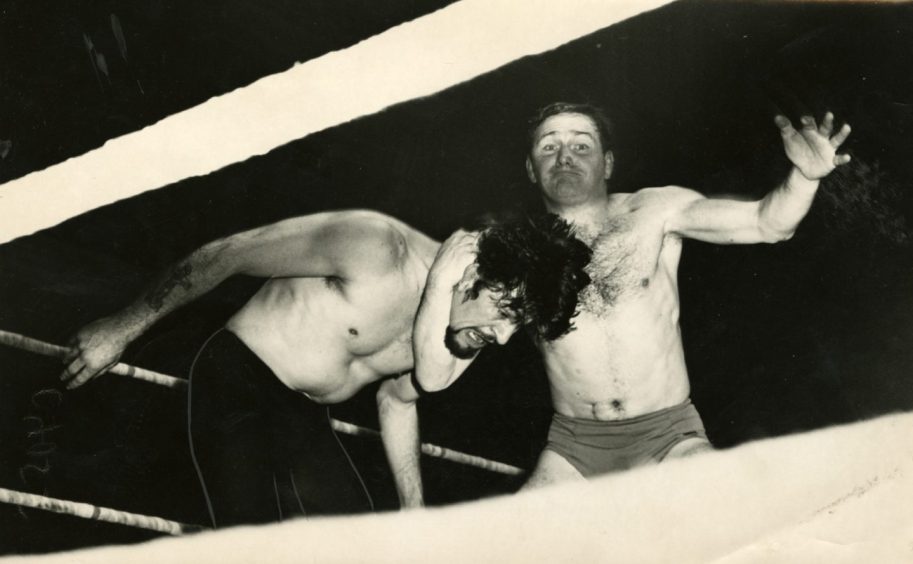
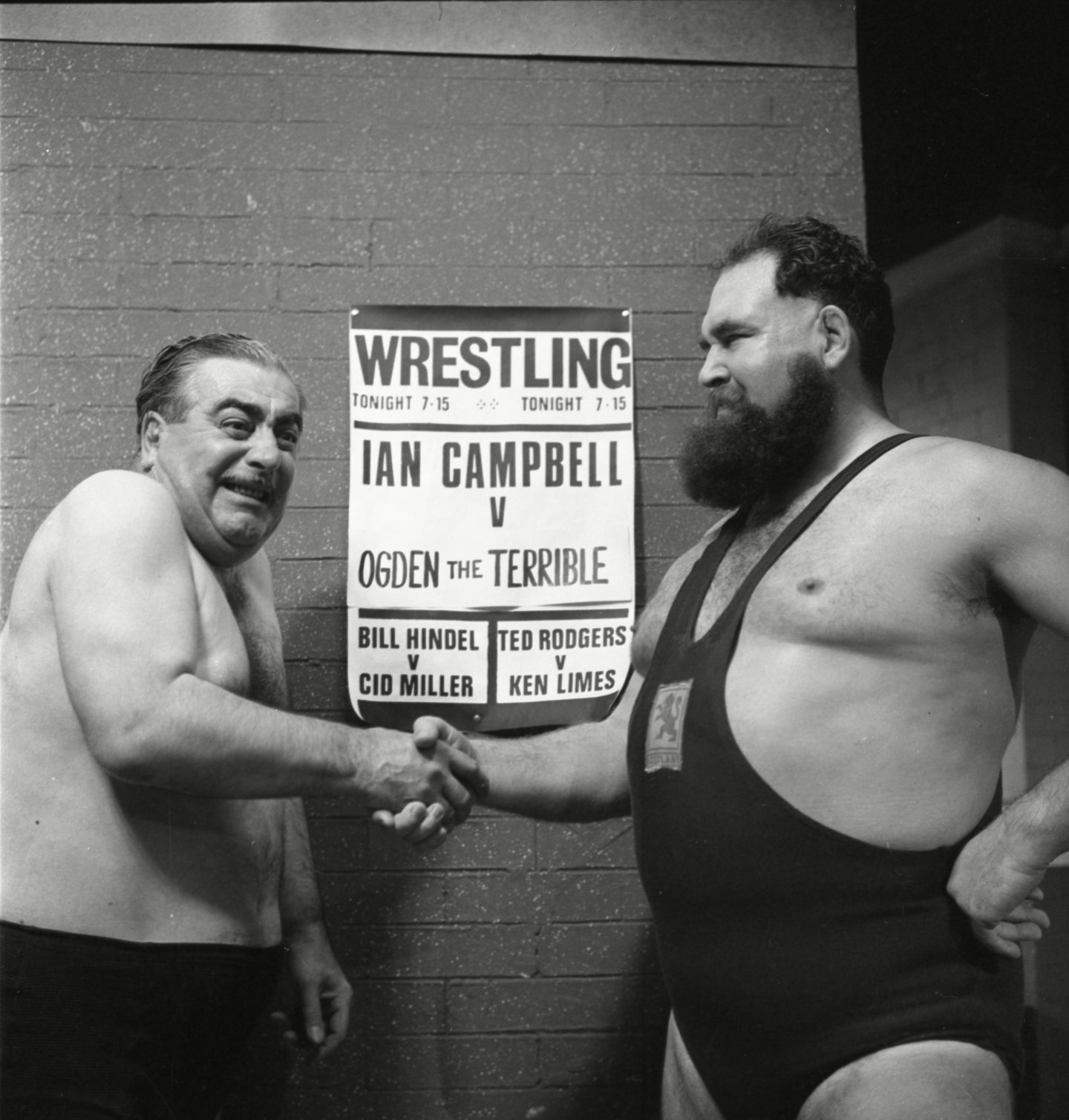
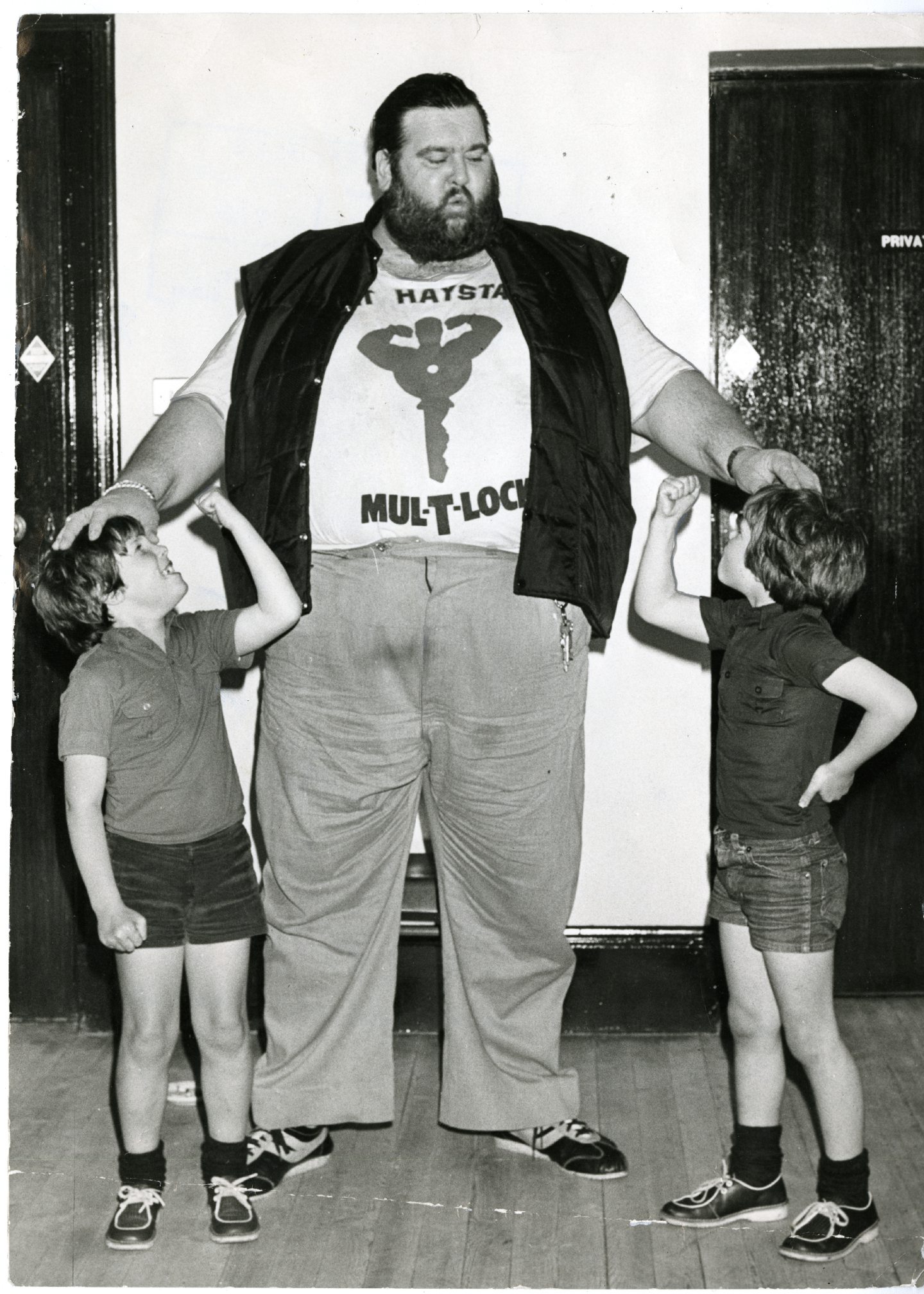
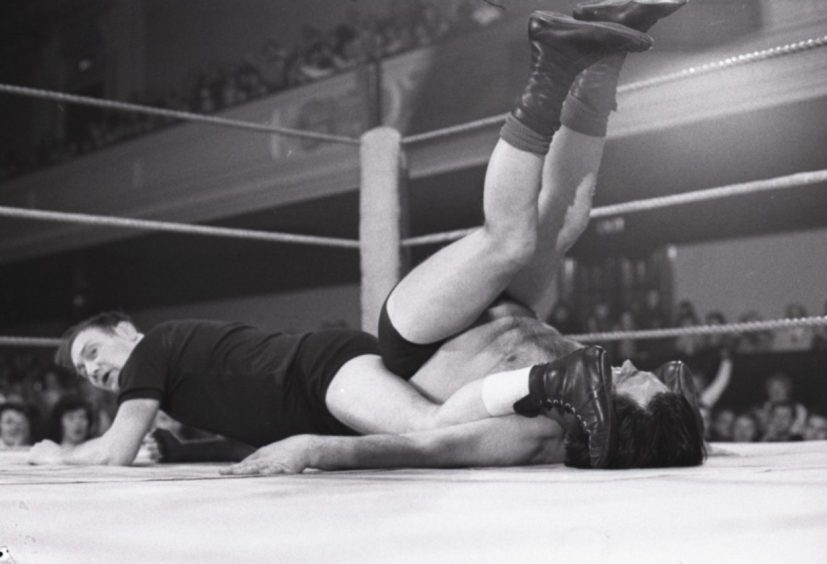
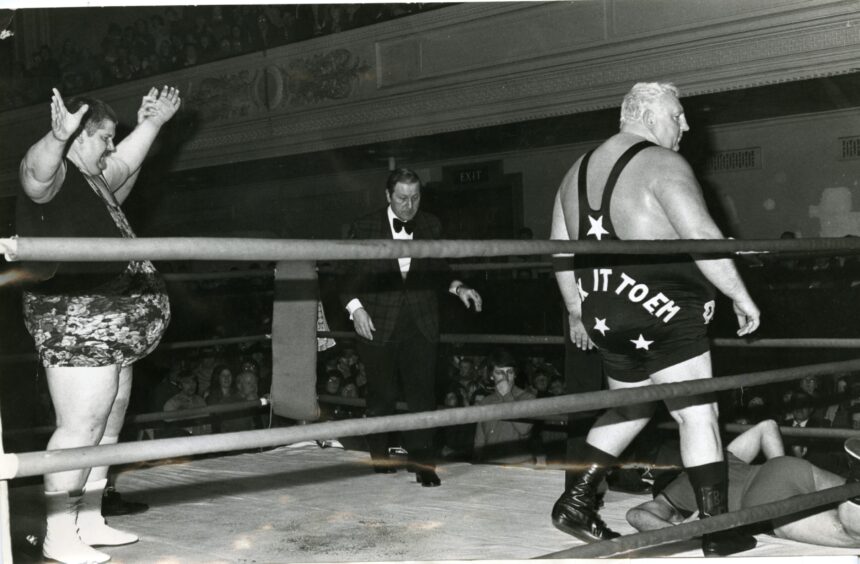
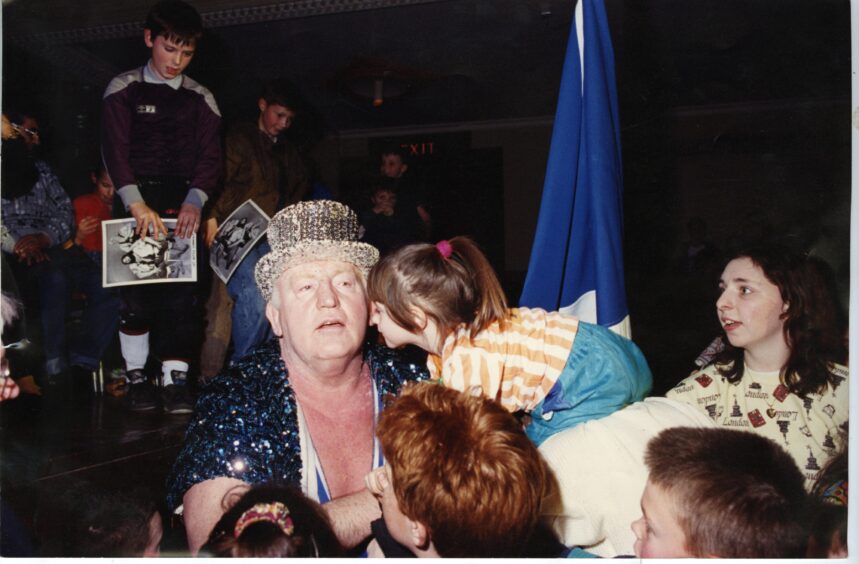
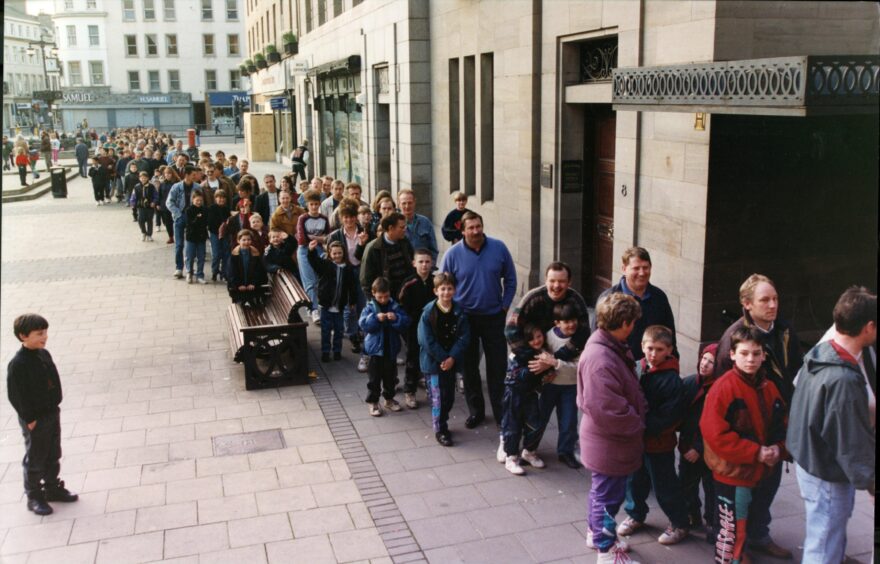
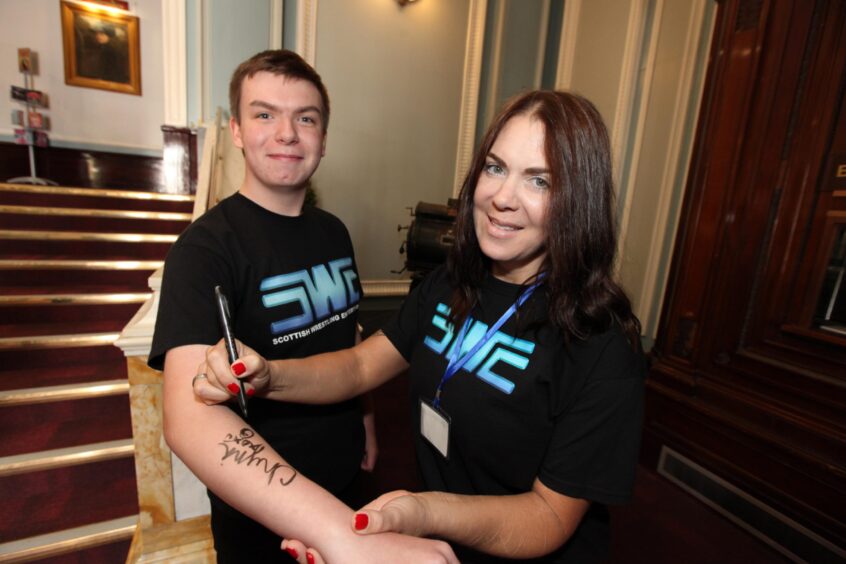
Conversation